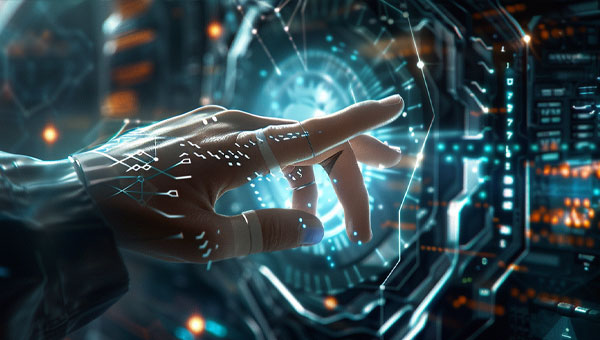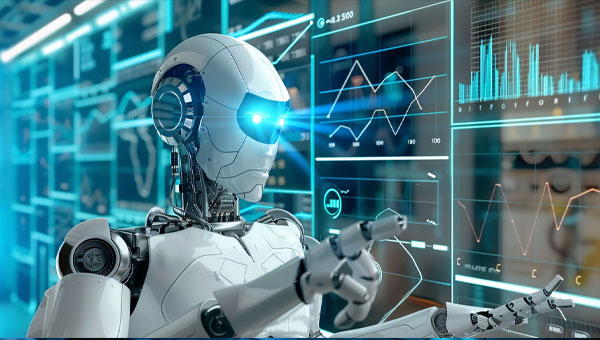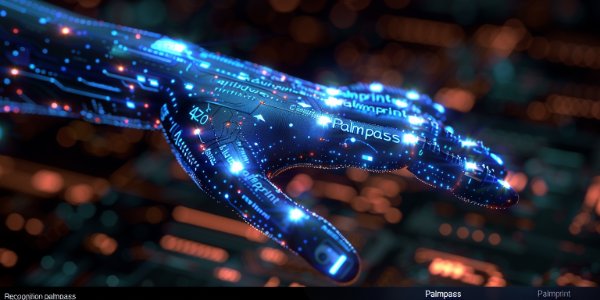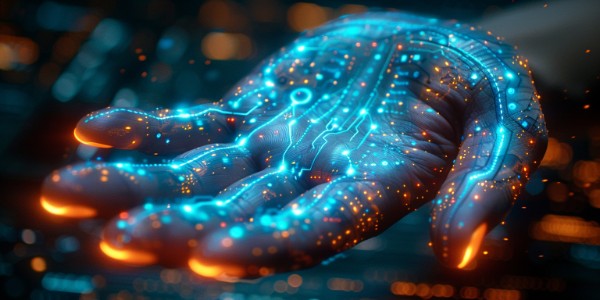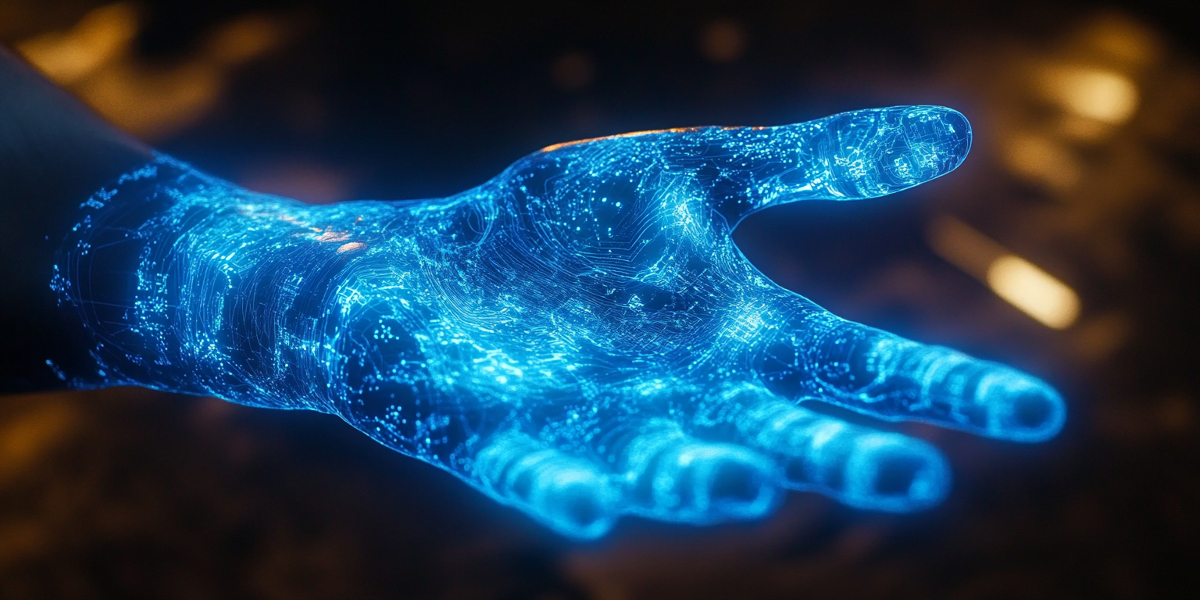Gait Recognition
Gait recognition is a biometric technology that identifies individuals based on their unique walking patterns, offering non-intrusive and remote identification for applications in security, forensics, and healthcare.
Gait recognition is a biometric method that identifies individuals based on their unique walking patterns. Unlike other biometric techniques such as fingerprint or palm print recognition, gait recognition can be performed from a distance and does not require the subject's cooperation. This makes it a powerful tool for surveillance, security, and forensic applications.
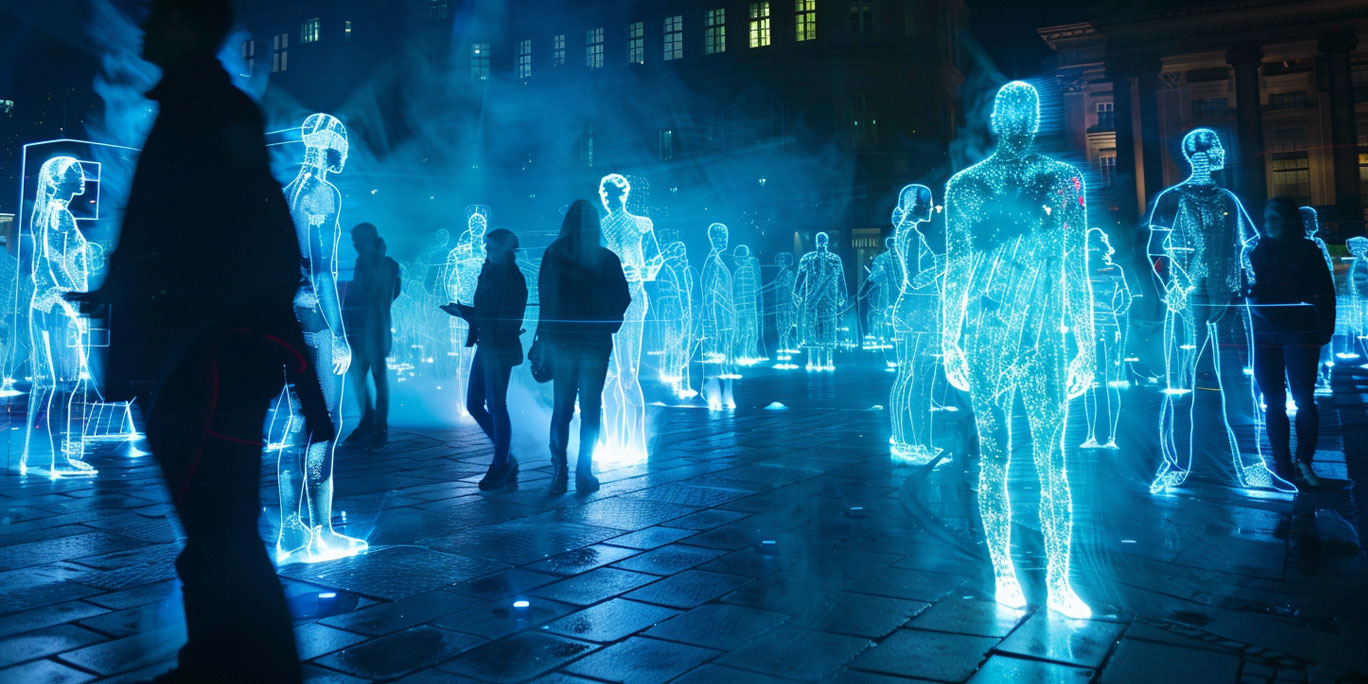
How Gait Recognition Works
Gait recognition involves analyzing the way a person walks to create a unique signature that can be used for identification. The process typically includes the following steps:
Data Collection: Video footage or sensor data capturing the individual's movement is collected. This can be done using cameras, motion sensors, or specialized gait recognition systems.
Preprocessing: The collected data is processed to isolate the subject's movement. This may involve background subtraction, noise reduction, and normalization of the walking pattern.
Feature Extraction: Key features of the gait, such as stride length, hip movement, and leg angles, are extracted to create a gait signature. These features are often represented as a sequence of vectors or a spatiotemporal pattern.
Template Matching: The extracted gait signature is compared to a database of known gait signatures to find a match. Advanced algorithms and machine learning techniques are used to ensure high accuracy in matching.
Advantages of Gait Recognition
Non-Intrusive: Gait recognition can be performed without the subject's knowledge, making it suitable for surveillance and monitoring applications.
Difficult to Conceal: Unlike other biometrics, such as fingerprints or facial features, an individual's gait is difficult to disguise or alter significantly.
Remote Identification: Gait recognition can identify individuals from a distance, which is useful in public spaces or areas where close contact is not feasible.
Applications of Gait Recognition
Security and Surveillance: Gait recognition is used in security systems to monitor and identify individuals in public spaces, airports, and sensitive facilities.
Forensics: Law enforcement agencies use gait analysis to identify suspects in criminal investigations, especially when other biometric data is unavailable.
Healthcare: Gait analysis is used to monitor patients with mobility issues, track rehabilitation progress, and diagnose certain medical conditions.
Human-Computer Interaction: Gait recognition can enhance user experience in virtual reality and gaming by providing more natural and intuitive control mechanisms.
Challenges in Gait Recognition
Variability: Gait can be affected by factors such as clothing, footwear, carrying objects, and physical condition, which may impact recognition accuracy.
Data Quality: Poor quality video footage or sensor data can lead to inaccurate gait analysis, making it crucial to have high-quality data for reliable identification.
Privacy Concerns: The ability to identify individuals without their knowledge raises ethical and privacy concerns, necessitating careful consideration and regulation.
Future of Gait Recognition
The future of gait recognition looks promising with advancements in machine learning, computer vision, and sensor technology. Researchers are focusing on improving the accuracy and robustness of gait recognition systems under various conditions. Integration with other biometric methods, such as facial and voice recognition, is also being explored to create multi-modal biometric systems that offer enhanced security and reliability.
Conclusion
Gait recognition is a powerful biometric technology that leverages the unique walking patterns of individuals for identification. Its non-intrusive nature and ability to perform remote identification make it valuable for a wide range of applications, from security and surveillance to healthcare and human-computer interaction. As technology continues to advance, gait recognition is poised to play an increasingly important role in ensuring security and improving the quality of life.




